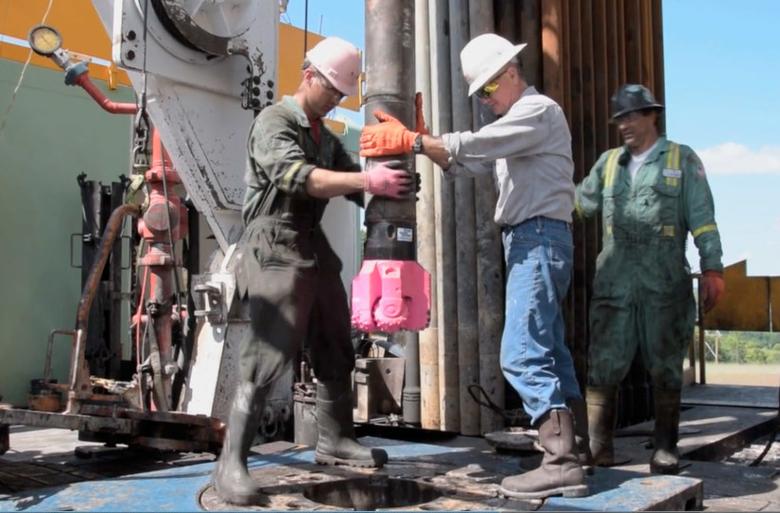
U.S. OILFIELD COSTS DOWN

As oil prices declined—falling more than 50% from June 2014 to January 2015, before increasing slightly in spring 2015—energy production companies focused efforts on increasing operating efficiencies.
While production, rig counts, and employment statistics are good indicators of the expansion or contraction of the oil and natural gas industry, the Bureau of Labor Statistics Producer Price Index (PPI) tracks the rates oil and natural gas service firms are receiving for goods and services used in producing oil and natural gas. Changes in the PPI can be used to examine how prices charged by firms throughout the oil and natural gas industry respond to fluctuations in commodity prices.
The magnitude of PPI declines by industrial classification compared with the downturn in oil prices reflects the idea that firms most directly exposed to commodity price fluctuations (producers) will experience the most substantial and immediate change in the rates received for their outputs. As companies engaged in oil and natural gas production curtail capital expenditures and seek operating efficiencies in response to lower oil prices, these actions apply downward pressure on the rates charged by drillers, support services, and other suppliers.
From June 2014 to May 2015, when the oil and gas prices as measured by the PPI fell by 49%, the PPI by industry classification showed the following changes:
- Rates for drilling activities, which primarily represent service fees for contractors to drill oil and gas wells, declined by 19.6%.
- Rates for support activities, which include the surveying, cementing, casing, and otherwise treating wells, declined by 1.4%.
- The price of sands primarily used for hydraulic fracturing declined 12.5%.
The PPI index does not necessarily represent the slowdown in business activity, but rather reductions in prices received for particular goods and services. The price reductions reflect both weakened demand for the services offered and heightened industry competition to maintain market share.
Recent quarterly data show that year-over-year changes in net income—a measure of revenue minus operating expenses, depreciation, interest, and taxes—have declined for drilling and extraction companies.
For the first quarter of 2015, ending March 31, a group of 14 drilling companies represented in the OSX index (an index of oil and gas service companies) experienced a first-quarter year-over-year decline of 91% in net income, decreasing from an aggregate net income of $4.0 billion to $352 million. In the same period, a larger group of 57 North American independent oil and gas producers experienced a collective year-over-year decline in net income of 574% from $2.9 billion in net income to a loss of $13.9 billion.
eia.gov



